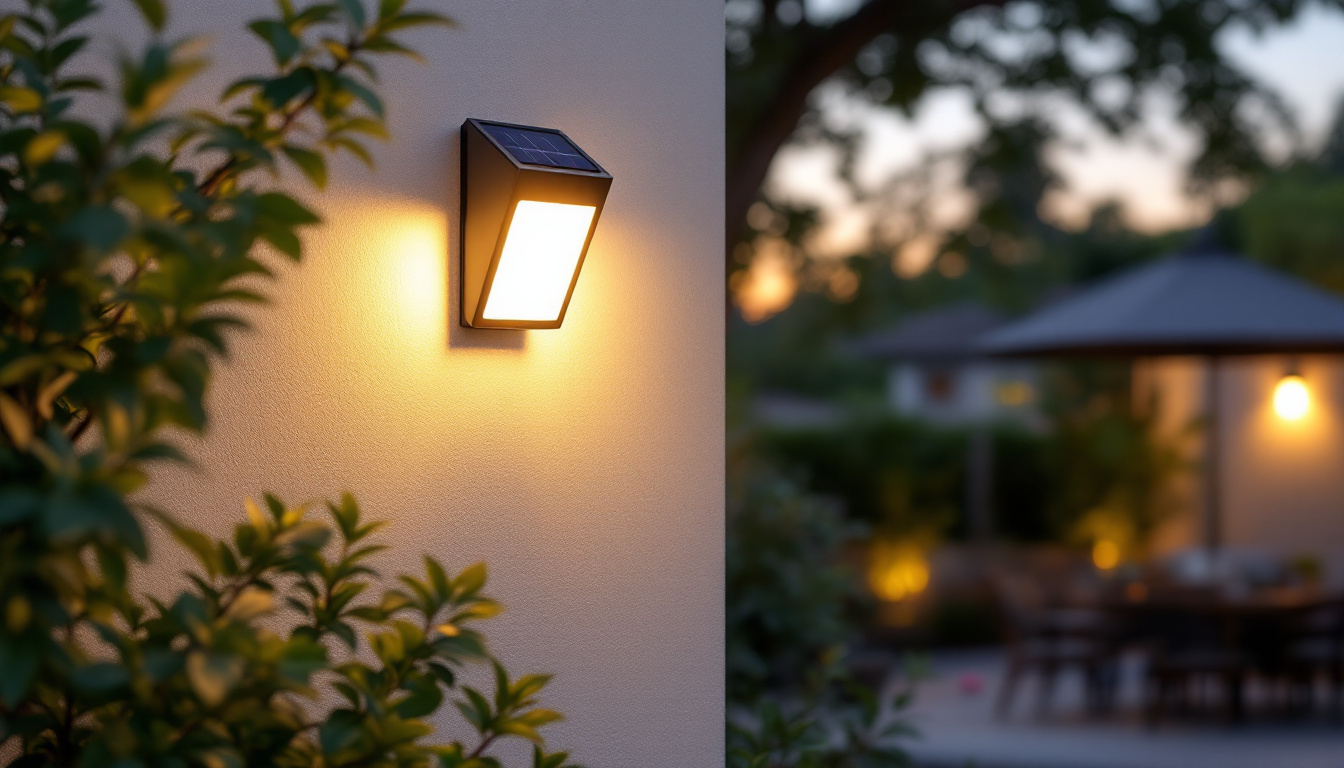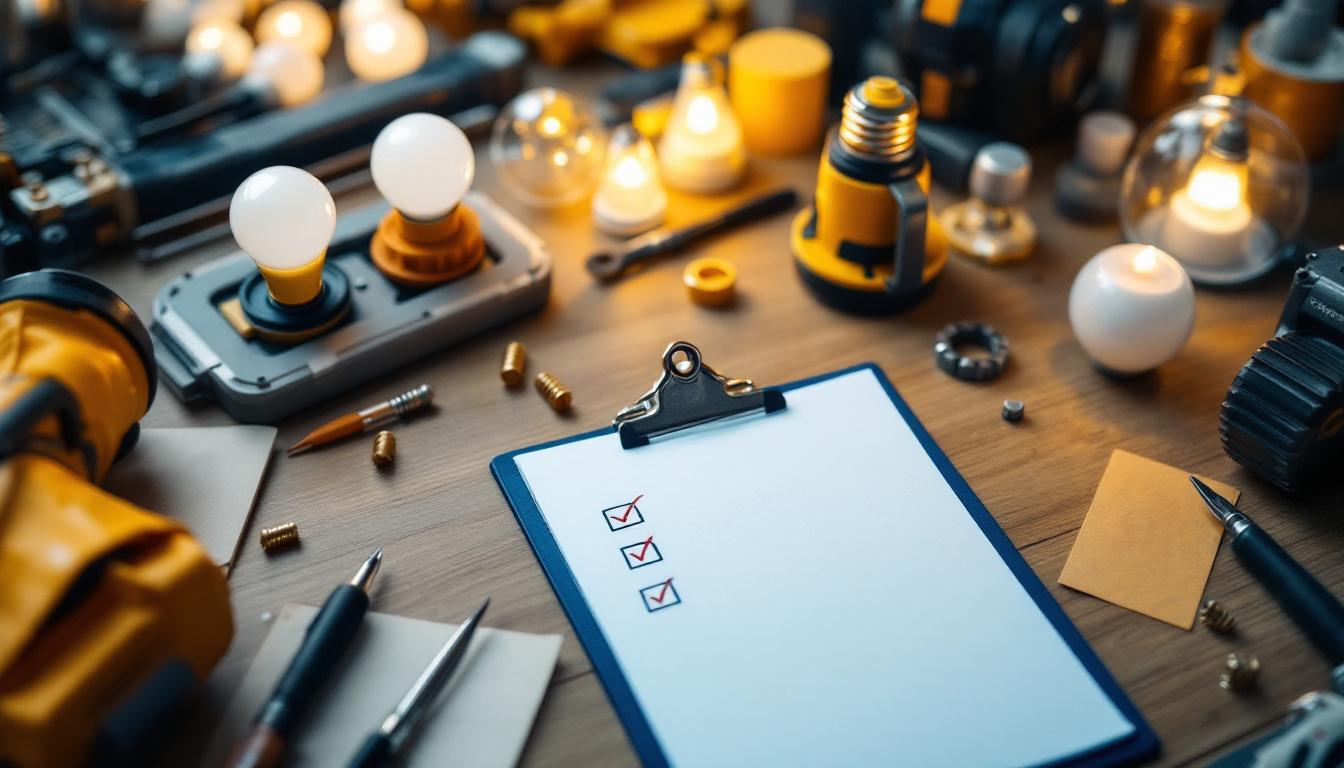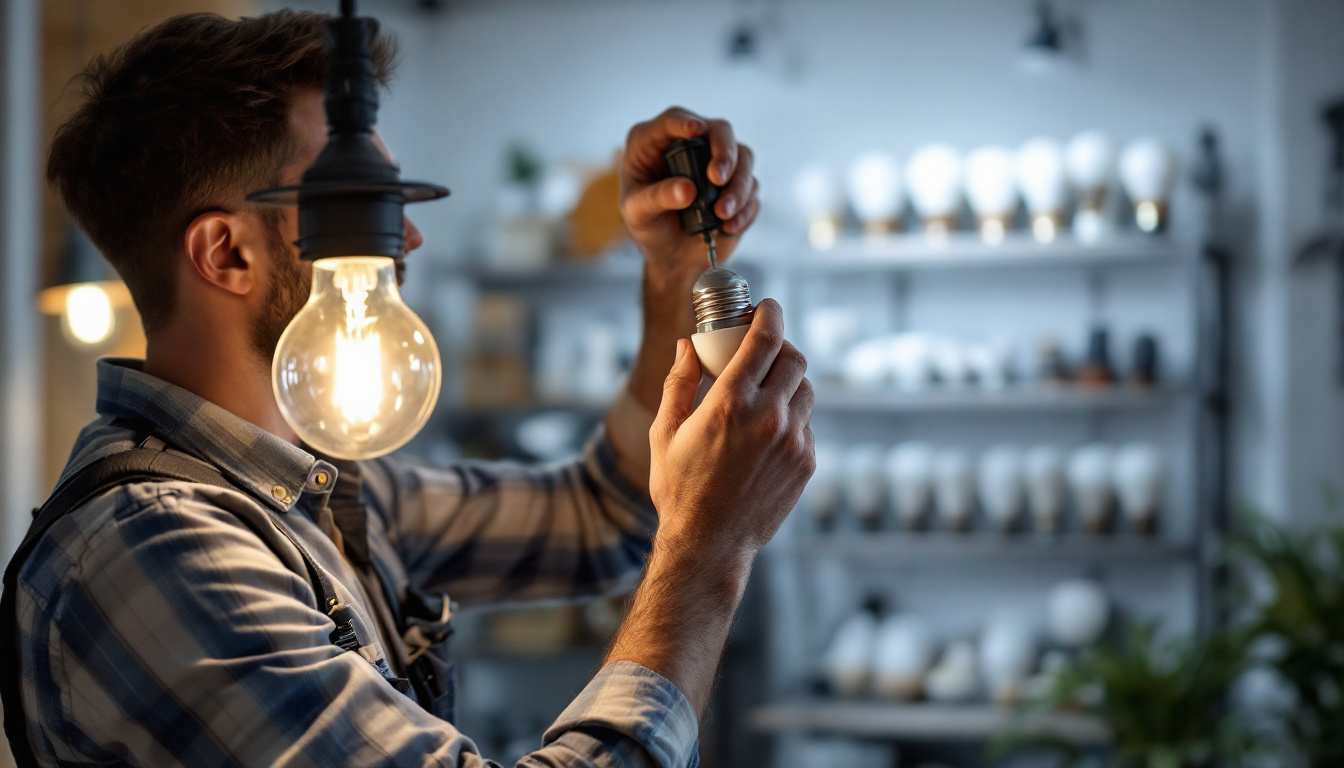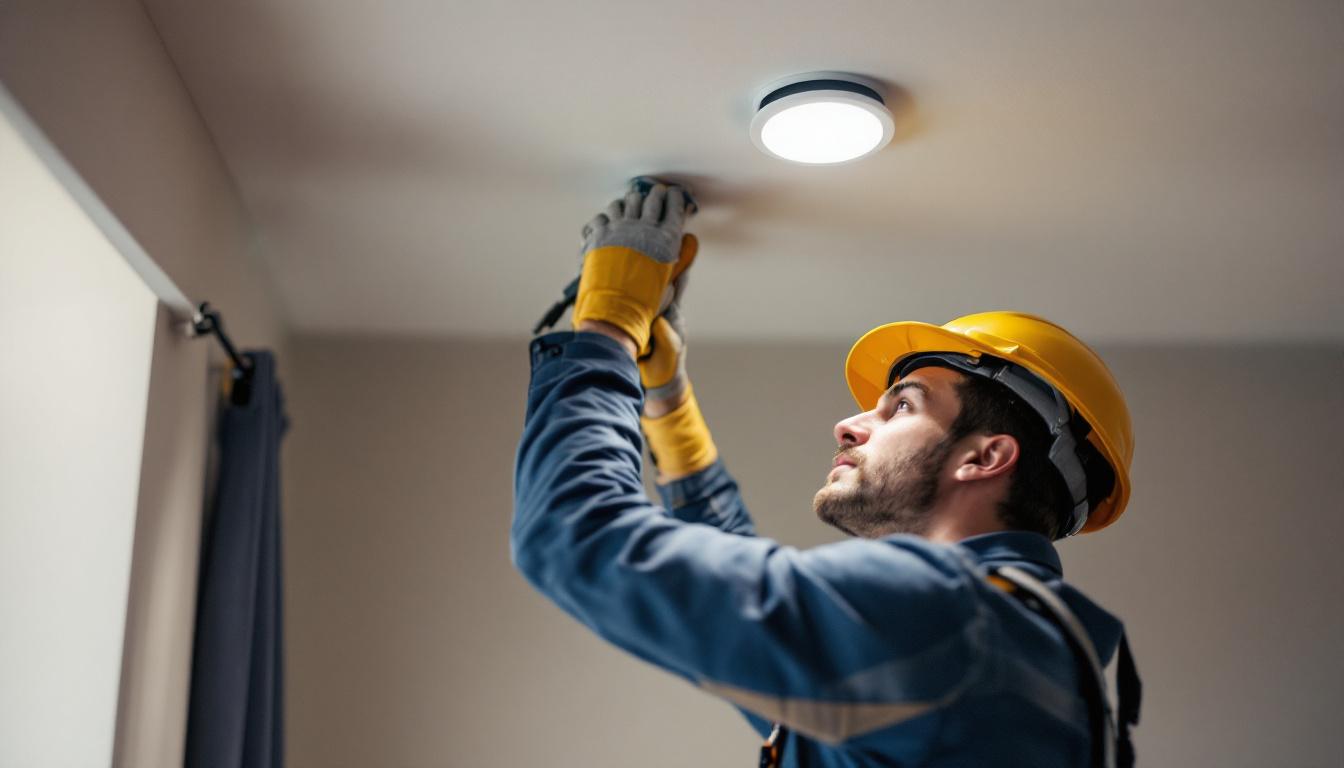The Type A incandescent light bulb has long been a staple in residential and commercial lighting. Despite the rise of energy-efficient alternatives, this classic bulb continues to play a significant role in modern lighting solutions. Understanding its characteristics, applications, and advantages can help lighting contractors make informed decisions when selecting lighting solutions for their projects.
The Type A incandescent bulb is characterized by its pear-shaped design and is typically available in various wattages. It operates by passing an electric current through a tungsten filament, which then heats up and produces light. This simple yet effective technology has been a go-to choice for many applications due to its warm light quality and ease of use.
Type A bulbs are commonly found in sizes such as A19 and A21, with the A19 being the most prevalent in household lighting. The bulb’s base is usually an Edison screw, which makes it compatible with a wide range of fixtures. Typically, these bulbs are available in various wattages, ranging from 40 to 100 watts, providing flexibility for different lighting needs.
One of the defining features of Type A incandescent bulbs is their color temperature, which generally falls around 2700K. This warm light is often preferred for residential settings, creating a cozy atmosphere that enhances the aesthetic appeal of living spaces. The soft glow of these bulbs can make a room feel inviting, encouraging relaxation and comfort, which is particularly beneficial in areas such as bedrooms and living rooms where ambiance is key.
When it comes to performance, Type A incandescent bulbs have a relatively short lifespan compared to their LED or CFL counterparts. Generally, they last about 1,000 hours. However, their ability to provide instant light and the quality of the emitted light make them an attractive option for many applications. The immediate illumination upon switching on is a significant advantage, especially in situations where instant visibility is crucial, such as in hallways or entryways.
Moreover, the dimmability of incandescent bulbs is a significant advantage. They can be easily paired with dimmer switches, allowing for customizable lighting levels that can enhance mood and functionality in various environments. This feature is particularly valuable in dining areas, where the lighting can be adjusted to create a romantic setting, or in home theaters, where softer lighting can enhance the viewing experience without causing glare on screens. Additionally, the warm light produced by these bulbs can complement the colors in a room, making it an excellent choice for showcasing artwork or decorative elements.
Type A incandescent bulbs are versatile and can be used in numerous settings. From residential homes to commercial spaces, their applications are vast. Understanding where and how to use these bulbs can significantly impact the effectiveness of lighting solutions.
In residential settings, Type A incandescent bulbs are often used in table lamps, ceiling fixtures, and wall sconces. Their warm glow is particularly suited for living rooms, bedrooms, and dining areas, where ambiance plays a crucial role in the overall experience.
These bulbs are also favored for outdoor lighting in porch fixtures and decorative string lights. The ability to create an inviting atmosphere makes them a popular choice for homeowners looking to enhance their outdoor spaces. Furthermore, their dimmable nature allows for customizable lighting levels, enabling homeowners to adjust brightness according to the time of day or occasion, whether it’s a cozy family gathering or a festive celebration.
In addition to their aesthetic appeal, Type A incandescent bulbs are easy to install and replace, making them a convenient option for DIY enthusiasts. Their compatibility with a wide range of fixtures means that homeowners can effortlessly switch out old bulbs for new ones without the need for specialized equipment or expertise. This accessibility contributes to their enduring popularity in home lighting solutions.
In commercial environments, Type A incandescent bulbs can be found in retail stores, restaurants, and hospitality venues. Their ability to provide warm, inviting light is beneficial for creating a welcoming atmosphere that encourages customer engagement.
Additionally, these bulbs are often used in display lighting to highlight products effectively. Their color rendering index (CRI) is high, meaning they can accurately represent colors, making them ideal for showcasing merchandise. This characteristic is particularly advantageous in fashion retail, where the true colors of clothing and accessories can significantly influence purchasing decisions.
Moreover, Type A incandescent bulbs are often chosen for their aesthetic qualities in restaurants and cafes, where they contribute to the overall decor and theme of the establishment. Vintage-style fixtures featuring these bulbs can evoke a sense of nostalgia, enhancing the dining experience. The soft, warm light emitted by these bulbs can make food appear more appetizing and create an inviting environment that encourages patrons to linger longer, ultimately boosting sales and customer satisfaction.
While energy efficiency is a significant consideration in modern lighting design, Type A incandescent bulbs offer several advantages that can make them a valuable part of a lighting contractor’s toolkit.
One of the most significant benefits of Type A incandescent bulbs is their warm light quality. The soft, inviting glow they emit is often preferred in residential settings, where comfort and ambiance are paramount. This quality makes them ideal for spaces designed for relaxation and social interaction.
Furthermore, the light produced by incandescent bulbs is often described as more ‘natural’ compared to that of LEDs or CFLs, which can sometimes appear harsh or too cool. This characteristic is particularly important in settings where color accuracy is essential, such as art studios or retail spaces.
Type A incandescent bulbs are widely compatible with existing fixtures, making them easy to install and replace. This ease of use is a significant advantage for contractors and homeowners alike, as it minimizes the need for additional modifications or specialized equipment.
Moreover, the availability of these bulbs in various wattages and styles ensures that they can meet a wide range of lighting needs without requiring complex calculations or configurations.
Despite their many advantages, Type A incandescent bulbs are not without challenges. As lighting technology continues to evolve, it is essential for contractors to consider the implications of using these bulbs in their projects.
One of the most significant drawbacks of Type A incandescent bulbs is their energy inefficiency. These bulbs convert only about 10% of the energy they consume into visible light, with the rest being lost as heat. This inefficiency can lead to higher energy bills and a larger carbon footprint, making them less desirable in an increasingly eco-conscious market.
As energy regulations become more stringent, the use of incandescent bulbs may be further restricted. Contractors should stay informed about local regulations and consider the long-term sustainability of their lighting choices.
The relatively short lifespan of Type A incandescent bulbs is another consideration. With an average life of around 1,000 hours, these bulbs will need to be replaced more frequently than LED or CFL options, which can last anywhere from 10,000 to 25,000 hours. This factor can contribute to higher maintenance costs over time, especially in commercial applications where lighting is utilized extensively.
Contractors should weigh the benefits of warm light quality and ease of use against the potential drawbacks of energy consumption and lifespan when recommending lighting solutions to clients.
As the lighting industry evolves, the future of Type A incandescent bulbs remains a topic of discussion. While they may not be the most energy-efficient option available, their unique qualities ensure they will continue to have a place in modern lighting solutions.
One area where Type A incandescent bulbs may find new life is in the integration with smart technology. As smart home systems become more prevalent, the ability to control incandescent bulbs through smart switches or dimmers can enhance their functionality and appeal.
Contractors can explore options that allow for remote control, scheduling, and automation of incandescent lighting, providing clients with the convenience and flexibility they desire while still enjoying the warm light quality of these classic bulbs.
Another potential future for Type A incandescent bulbs lies in their complementary use alongside LED technology. In certain applications, a combination of both types of lighting can provide the best of both worlds—energy efficiency with the warm ambiance of incandescent light.
For example, using LED bulbs in areas that require long-lasting illumination while reserving incandescent bulbs for spaces where ambiance is critical can create a balanced lighting design. This hybrid approach can help contractors meet client needs while adhering to energy efficiency standards.
The Type A incandescent light bulb, with its warm glow and familiar design, continues to hold relevance in modern lighting solutions. While challenges such as energy efficiency and lifespan exist, the advantages of light quality and ease of use make it a valuable option for many applications.
For lighting contractors, understanding the role of Type A incandescent bulbs in the broader context of lighting technology is essential. By considering the unique characteristics and applications of these bulbs, contractors can make informed decisions that enhance their projects and meet the diverse needs of their clients.
As the industry evolves, the integration of smart technology and complementary use with LED options may provide new opportunities for Type A incandescent bulbs, ensuring they remain a cherished choice in the world of lighting.
Ready to enhance your lighting projects with the warm glow of Type A incandescent bulbs and the latest in lighting technology? Look no further than LumenWholesale. Our commitment to providing contractors with superior, spec-grade lighting products at wholesale prices means you can trust in the quality and value of every purchase. With our extensive selection that meets the highest industry standards, free shipping on bulk orders, and no hidden fees, you can confidently equip your projects with the best lighting solutions. Embrace the perfect combination of quality, affordability, and convenience. Visit LumenWholesale today for Wholesale Lighting at the Best Value.

Discover the ins and outs of solar wall lamps for outdoor spaces in this comprehensive guide tailored for lighting contractors.

Discover the essential checklist for lighting contractors to master daylight lightbulb installations.

Discover how the standard bulb base is revolutionizing the lighting industry, offering unparalleled convenience and efficiency for contractors.

Discover essential tips and common pitfalls for lighting contractors working with recessed light clips.